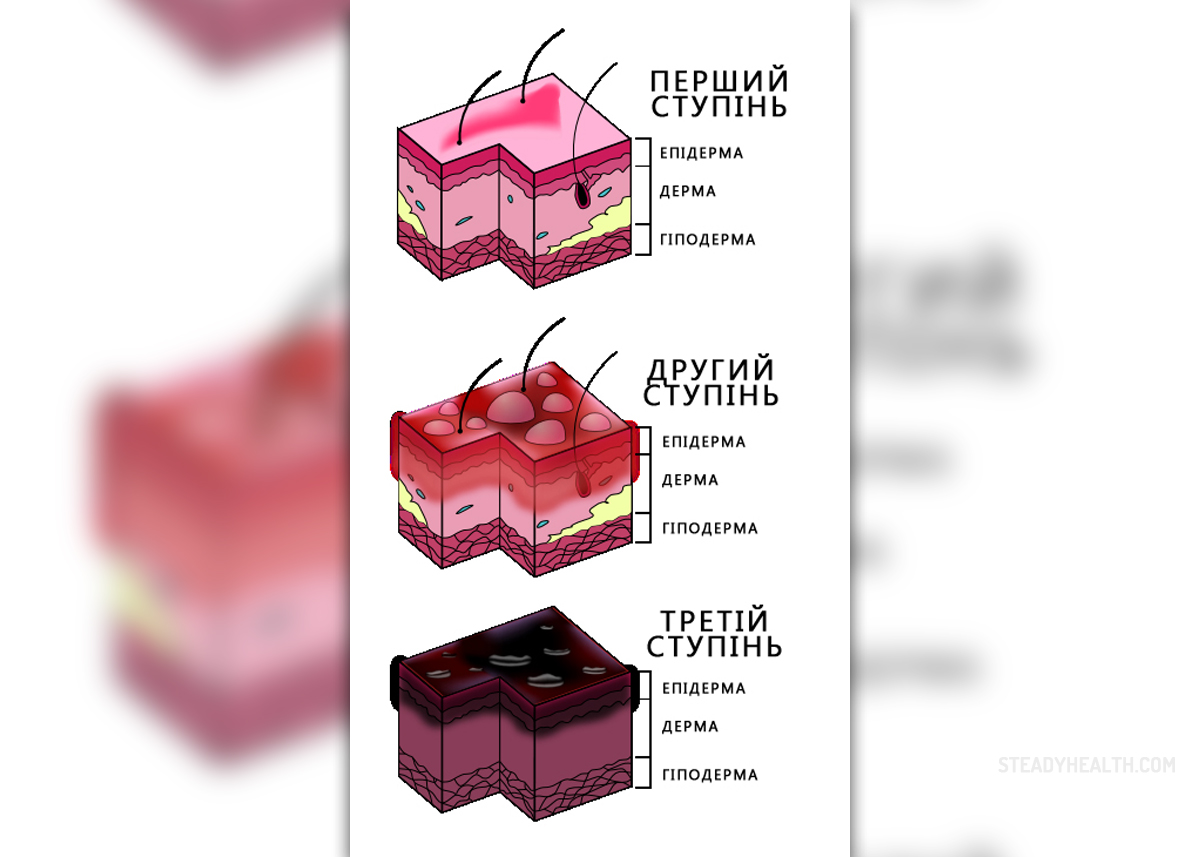
A burn is considered to be an injury of the skin and underlying tissues and there are several causes which lead to it. The most common are heat, electricity, chemicals, light and radiation. In most cases, only the skin will be affected but people should know that deeper tissues like muscles and bones can get damaged as well. When a person suffers from a burn injury it is important to treat the problem properly as soon as it occurs.
Classification of Burns
Most people are aware that there are three degrees of burns. The first one is the least dangerous while the third degree burns are the most severe. However, people need to know that burns are also classified by the mechanism of injury, depth, extent and injuries which are in connection with burns.
When depth is the category in which burns are classified, the depth of the burn i.e. damage to specific skin layers and underlying tissues determines classification. It is important to know that depth burns are classified into four degrees.
It is not easy for the depth of the burn to be determined, especially when second degree burns are considered. This is because second degree burns are known to evolve in time. The most important part of a proper diagnosis is distinguishing the difference between the superficial-thickness burn and the partial-thickness burn. The first kind is likely to heal on its own but the second needs a surgery and skin grafting.
First degree burns affect only the epidermis and appear red, while the texture of the skin is dry. The skin is tender to touch but the burn easily heals within a week.
In case of second degree burns which are known as superficial damage extends through superficial dermis and skin is covered in blisters and it is red. Unlike first degree burns, the texture is moist . Such burns are also tender to touch. The healing time is around three weeks. Local infections are possible if there is no proper treatment.
Deep partial thickness of second degree burns is different from superficial partial thickness because the burn extends through deep dermis and other complications like scarring and contractures are possible. The healing time is different as well and may last for weeks.
With third degree burns the damage extends through the entire dermis. The burn appears stiff or brow and the texture is dry. An interesting thing is that with both third and fourth degree burns there is no pain upon touch. There is no known healing time and the patient will require excision. Amputation is a possible complication in both third and fourth degree burns.
Fourth degree burn is the most severe because apart from extending through the skin, this type of burn also affects subcutaneous tissue as well as underlying muscles and bones. Such burn appears black and charred and it also requires excision.
When severity of the burn is considered, there are three classes of burns, major, moderate and minor burns. There are a lot of factors which aid in the classification of the burn like total body surface, age of the person and associated injuries.
Causes of Burns
There are a lot of causes which lead to burns and some of the most common are exposure to chemicals, friction, heat, radiation and electricity.
People need to know that not all chemicals cause burns; it is mainly those which are strong acids or bases.
Electrical burns are extremely dangerous and are caused by either an electric shock or an uncontrolled short circuit. Electrical burns are mainly seen at a workplace but if a person gets struck by a lightning that is also considered an electrical burn. Electrical burns may not cause any tissue damage but they are dangerous because of damage to internal organs.
Management of Burns
The first things which is assessed are the victim's airway, breathing and circulatory state. Only when these are stabilized, the person’s burn should be taken care of. Cooling the burn is good but people should be careful because if the cooling is not controlled, it can lead to hypothermia. After cooling, intravenous fluids are administered.
Debridement cleaning and dressing of the wound is performed in hospitals and is of major importance when it comes to more severe burns. Antibiotics are used in case of severe burns as well. When analgesics are considered, people mainly use simple ones like ibuprofen if the burn is mild while more complex cases require stronger pain killers. Surgical procedure is an option as well, especially when severe burns are considered.
Statistical Data
According to available data, there are half a million cases of burns every year in the United States.
In the year 2009 two of the most common causes were flame and scalds. Flame was the cause in 43% of all burn cases. The mortality rate of burn injuries was 4%.



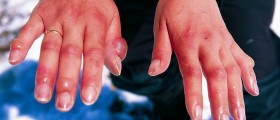

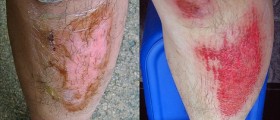
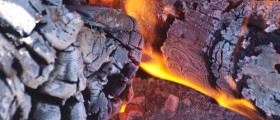
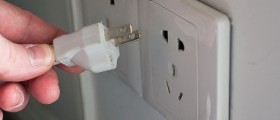


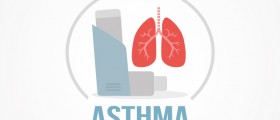
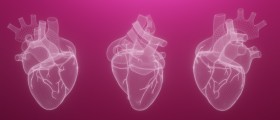




Your thoughts on this
Loading...